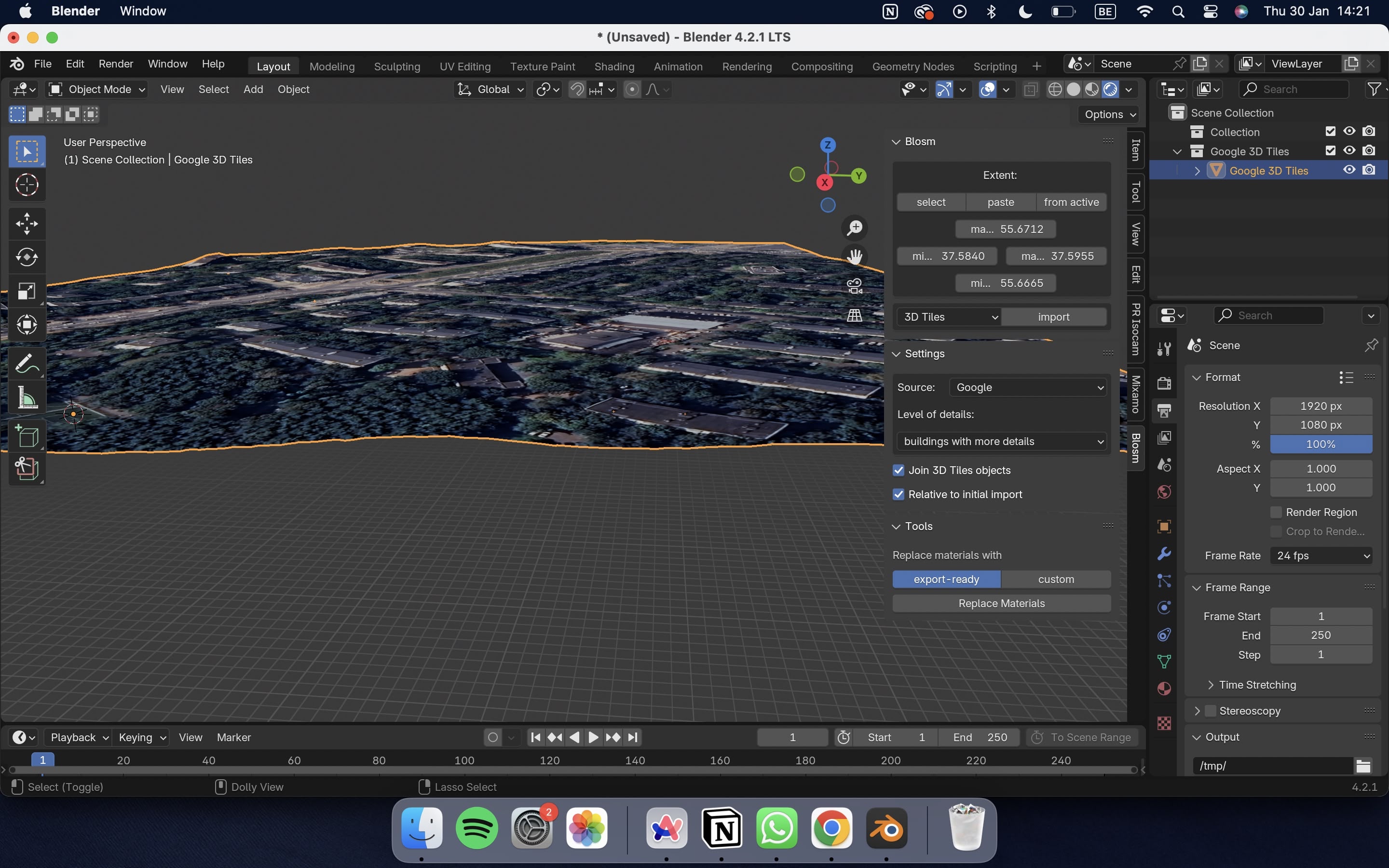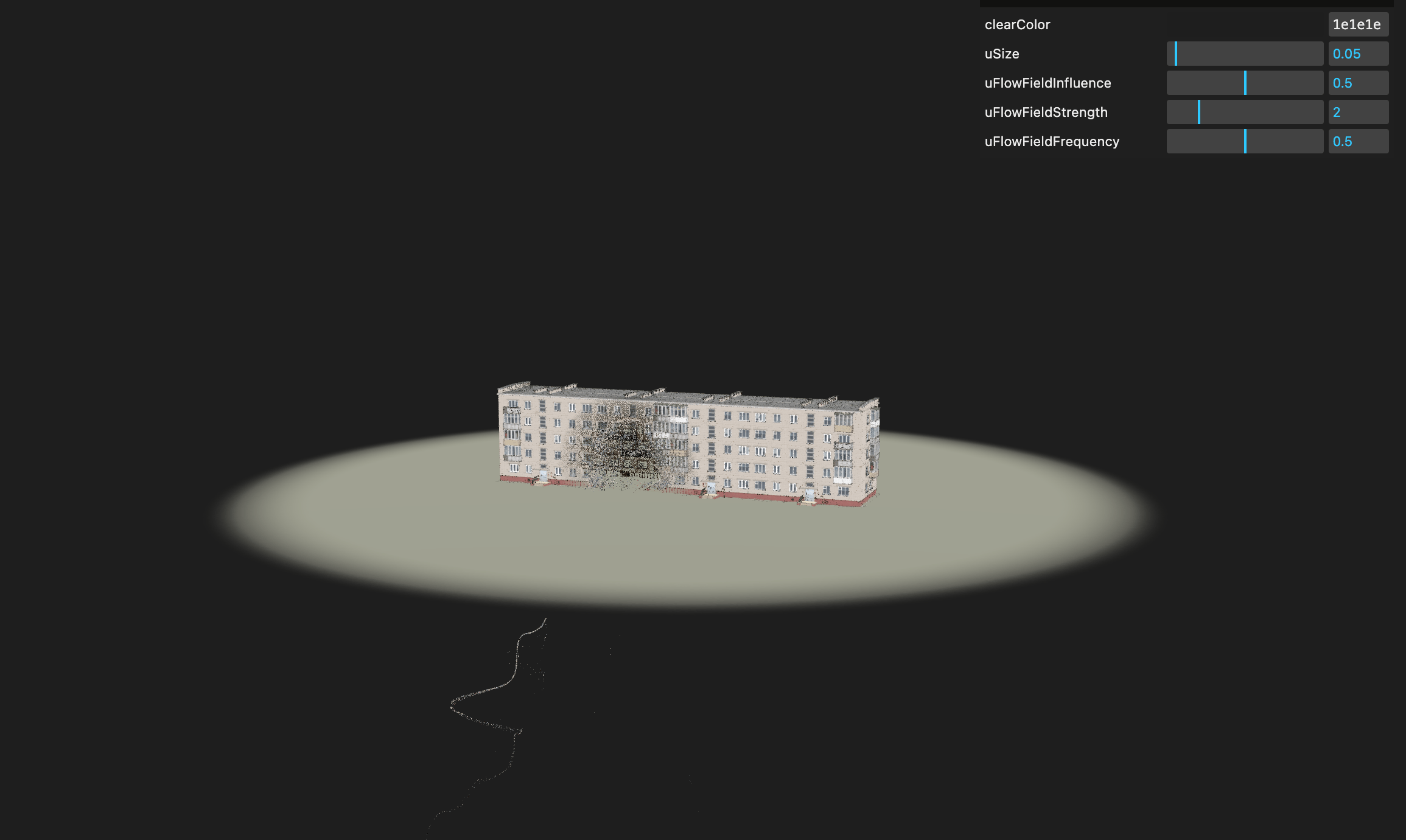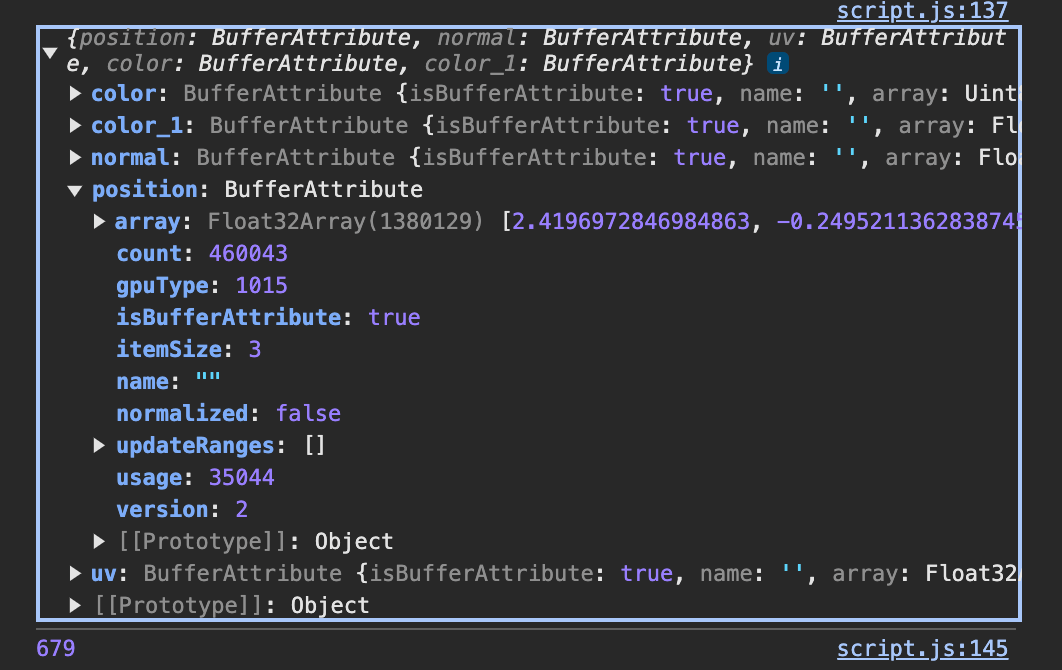
Memories room
Today I am working towards the finish the distorted memories part of my experience. I am planning to add more to the environment around the house and to make shader more interactive.
environment
At the consult Wouter suggested that I try to use 3d piece of an actual map as an anvironment around my khruschevka. With Ella’s help we downloaded the Blosm addon, but the thing is that of course, Russia did not give permission to Google to scan buildings in 3d. “You never know what these Google spies are up to” I thought, and checked Russian maps sources, but you can not get scans out of there.
Then I thought okay, the post-soviet urban areas are not so exclusive and they don’t solely exist in Russia, but then I found out that post-soviet european countries have very little city center scanned in 3d or no scans at all:
 So it’s quite impossible to find the scanned part that fits the looks.
So it’s quite impossible to find the scanned part that fits the looks.
If I use the flat mesh it does not look nice at all, so I will just add some planes to the scene to anchor it in the space.
As I’m doing this in vanilla js and I’m trying to keep main script readable, I created module environment js just to create the group and then add it in the main script:
/**
* Scene's environment
*/
const environmentGroup = environment()
scene.add(environmentGroup)
After trying several asphalt maps and several setups, I had a crisis and Ella suggested to extrude my flat map of actual Russian neighbourhood.

meanwhile, I will work on flow field shader
gpgpu shader
So as we are using a texture as a buffer between our “compute” shader and actual shader, we have n pixels in it, where we store data about our vertices positions. We got n by taking a square root of our geometry attributes array size and ceiling the number. So unless we our array size is a perfect power of 2, we have some extra space.
Let’s console our array and our texture size:

Our array count equals 460043 , and our texture size is 679.
We can count the amount of pixels in our computing texture: 679 x 679 = 461041
it means that we have 998 pixels left to store the data!
We don’t even need that much. Instead, I want to save previous touch position and previous FlowFieldInfluence. Then, in my gpgpu shader I will calculate the distance between current touch point and previous touch point. So if the user moves mouse faster, the distance will be bigger. Then, I will take that into account when calculating new FlowFieldInfluence and lerp between previous and current values.
Okay, so first I thought I will store my touch point from Raycaster in the texture as well, but then I realised as we are changing it within javascript, we need to use uniform for that:
/**
* Raycasting
*/
const raycaster = new THREE.Raycaster()
const checkIntersects = (object) => {
const modelIntersects = raycaster.intersectObject(object)
if (modelIntersects.length) {
// Store current position as previous before updating current
gpgpu.particlesVariable.material.uniforms.uPreviousTouchPosition.value.copy(
gpgpu.particlesVariable.material.uniforms.uTouchPosition.value
)
// Update current touch position
uniforms.uTouchPosition.value = modelIntersects[0].point
gpgpu.particlesVariable.material.uniforms.uTouchPosition.value = modelIntersects[0].point
}
}
then we can get distance between them in gpgpu shader:
// Calculate movement speed based on distance between current and previous touch positions
float touchMovementDistance = length(uTouchPosition - uPreviousTouchPosition);
float speedFactor = clamp(touchMovementDistance * 4.0, 0.0, 1.0); // still tweaking sensitivity factor
float dynamicInfluence = (speedFactor - 0.5) * (-2.0);
now, if we base our flowField influence only on that, it will jump every frame in a weird way.
What we could instead is to save flowField influence as a part of a texture of gpgpu shader:
// Store values in the last pixel
const lastPixelIndex = (baseGeometry.count) * 4
//flowFieldInfluence 0.0
baseParticlesTexture.image.data[lastPixelIndex + 0] = 0.0 //start with 0.0
And then we retrieve our initial flowfield inside of the shader:
// Get the initial flow field influence from the last pixel
vec4 lastPixel = texture(uParticles, vec2(1.0));
float initialInfluence = lastPixel.x;
and then instead of using dynamicInfluence directly, we lerp between initial influence and target influence:
targetInfluence = smoothstep(dynamicInfluence, 1.0, targetInfluence);
float flowFieldInfluence = mix(initialInfluence, targetInfluence, 0.5);
and then we need to save this influence for the next frame:
//are we in the last pixel?
if (gl_FragCoord.x >= resolution.x - 1.0 && gl_FragCoord.y >= resolution.y - 1.0) {
gl_FragColor = vec4(flowFieldInfluence, 0.0, 0.0, 0.0);
return;
}
And with this we have this smooth result of flowField influence depending on a the mouse velocity:
this might be too sensitive, also now when we don’t move mouse and the position is 0 nothing hapens. I want the time to accumulate the intensity of flow field as well. Also here you can see some experimenting with the setup instead of the map scene, at the end it got a bit of Lynch vibes…